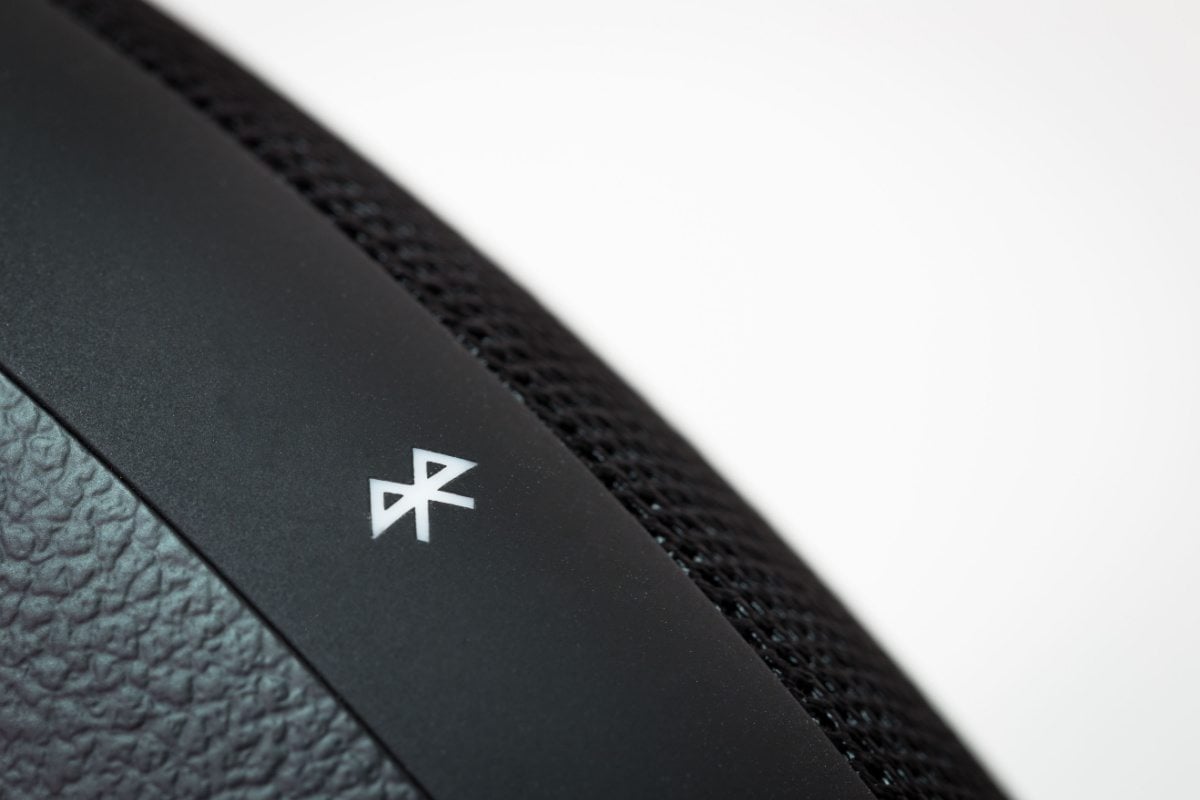Choosing the right wireless solution for compact and short-range wireless devices depends on important variables that include frequency band, latency and power efficiency. Because of this, Bluetooth has been the solution for these devices for over a decade by providing good results for each of these variables. However, with the favourable features offered by Wi-Fi 6 and 6E, does it hold the potential to dethrone Bluetooth as the technology of choice?
But what are the features of these wireless technologies, and can Wi-Fi realistically replace Bluetooth for small, short-range device communications?
Antenna integration factors for small devices
Frequency band - The frequency band is what dictates the size of an antenna. The ground plane of an antenna must be a quarter length of the lowest frequency signal wavelength in order to operate without negatively impacting its efficiency or total radiated power (TRP); the lower the frequency band, the larger the required ground plane. This, in turn, affects factors such as bandwidth and range, as higher frequency bands have greater bandwidth but less effective range than lower bands.
Latency - Depending on the device application, latency can be a determining factor in technology selection. Some medical devices require low latency communication to optimise their health-care application, whereas sensors in IoT sensors are less latency-demanding.
Power consumption - Antenna efficiency is one of the most important factors for wireless performance, which is especially important in small devices. Due to the lack of size for considerable battery capacity, these devices require power optimisation to last longer on a single battery charge. Antennas consume a large amount of energy when radiating within wireless devices, and as such require close consideration when integrating.
Wi-Fi 6 & 6E - the future of short-range connectivity?
Wi-Fi 6 (802.11ax) and 6E are the most recent iterations of standardised wireless local-area networks (WLANs) and are the successors to 802.11ac, recently named Wi-Fi 5. 802.11ac operated on the populated 5 GHz frequency band, making it difficult to use for short-range devices due to interference from device congestion. Furthermore, the high frequency band diminished its operational range for devices, making it difficult to use in device dense environments.
Wi-Fi 6 operates on both the 2.4 GHz and 5 GHz frequency bands, whereas 6E operates on the additional 6 GHz band for specialist applications. Both technologies utilise orthogonal frequency-division multiplexing (OFDMA), and are able to solve congestion issues by efficiently allocating bandwidth to specific devices. This solves latency and throughput issues whilst enabling greater operational ranges for devices that need it on lower frequency bands.
Arguably the most important feature for compact wireless devices, Wi-Fi 6 and 6E offer improved power efficiency features. Target wake time (TWT) allows devices to transition between active or standby power cycles depending on when they need to send or receive data, conserving battery life. This allows Wi-Fi to be a potentially applicable wireless technology for short-range devices that conventionally use Bluetooth.
Bluetooth Low Energy - innovation for compact devices
Wi-Fi 6 and 6E present significant improvements to 802.11ac for short-range devices, and can be integrated as a wireless solution for a range of devices. However, when it comes to the vital factor of power consumption, Bluetooth Low Energy (BLE) is the leading wireless solution.
BLE operates on the 2.4GHz band, providing a good balance between range and throughput. In order to combat the congestion of devices on this wide frequency band, BLE utilises channel classification to assign the device to the best performing channel to reduce interference and enhance throughput.
Additionally, BLE’s namesake derives from the various power saving features it utilises, such as connection subrating and periodic advertising;
- Connection subrating allows Bluetooth devices to efficiently transition between low and high duty cycles to minimise power consumption and maximise connectivity.
- Periodic advertising optimises Bluetooth’s method of transmitting multiple packets of the same data to improve reliability. It allows devices to discard data packets they have already processed, eliminating the unnecessary power consumption tied to processing the same data packet.
BLE is continually updated with new specifications, including improvements to existing features such as with Bluetooth 5.3. Because of this and the efficiency features of BLE, it will continue to be a leading short-range wireless technology for compact devices moving into the future.
Integrating Bluetooth Low Energy for your device
Even with the range of improvements brought in Wi-Fi 6 and 6E, it is clear that Bluetooth Low Energy will continue to be the wireless technology of choice for many short-range wireless devices. Even so, understanding its features and the requirements of your device is vital in maximising its wireless potential.
In order to integrate the right BLE antenna to maximise your device’s performance, Antenova provides a full range of solutions to accommodate different requirements. We also provide a detailed Integration Hub to further aid you in finding the perfect antenna for your device.




